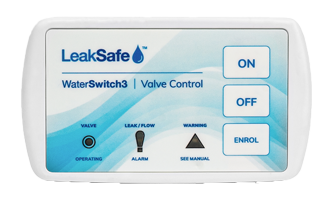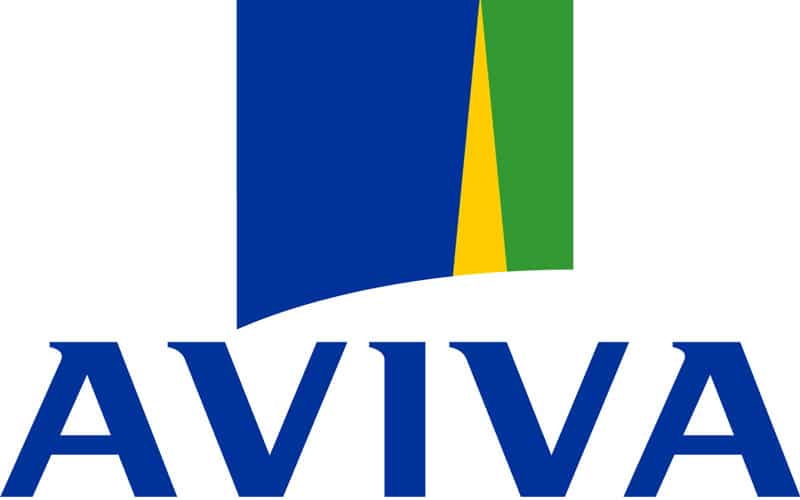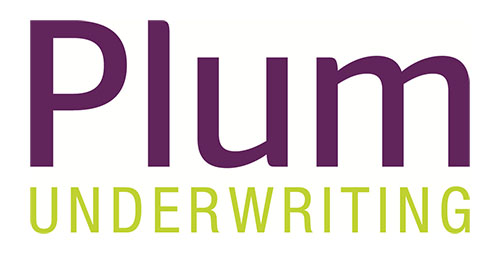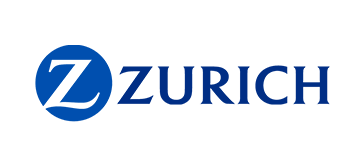In this Opinion piece, Michael Wakley, CEO of Leaksafe looks at the many benefits that insurers, brokers and property managers can gain from installing smart water leak detection systems.
Time is of the essence when there is an escape of water incident. Any delay can lead to severe damage to property and equipment. Dealing with water leaks equate to 60-70% of property managers’ workloads too. That’s time and money that could be better spent elsewhere. However, there is an answer, and that comes in the form of installing cloud-based Remote Risk Monitoring leak detection.
While leak detection may initially increase property managers’ workloads as it highlights small leaks that have been running unseen, once these are resolved, they will quickly save time and money. This includes the benefit of gaining lower insurance premiums as insurers, keen to reduce the cost of escape of water claims, allow potential savings to be translated into lower insurance premiums.
Brighton case study
My company Leaksafe, a leak detection solutions provider, has recently completed a project in a 70 apartment block in Brighton with a history of insurance claims for escape of water. We installed Remote Risk Monitoring (RRM) leak detection in 3-4 locations in each flat, allowing the owners, facilities and property managers to monitor for water leaks in the kitchen, bathrooms and boiler cupboards.
The block doesn’t have full occupancy all the time, but with remote monitoring and notifications they have been able to act as soon as a leak occurs whether there is someone in the flat of not. It has meant that the facilities and property managers have less damage and disruption to deal with, fewer insurance claims to lodge and the time devoted to escape of water incidents has dramatically reduced.
A Leaksafe RRM system can also be combined with automatic water shut off if a leak occurs, to minimise any damage. We can’t prevent leaks, but by identifying them as soon as they occur facilities and property managers find that they spend less time organising repairs and re-instatement.
Claims increasing
Nicholas Hartley, Head of Business Improvement and Innovation for Group Strategy at Ecclesiastical Insurance Group, says that the cost of claims is slowly increasing across the industry, and much depends on the quality of house construction as well as the use of different materials.
He therefore supports the idea of installing water leak detection systems and comments: “With a very large block of flats it is often feasible to install some kind of leak detection system, and this is where I see systems like those supplied by Leaksafe being deployed”, he says. The ideal position for insurers, he claims, is to be able to reduce the risk of any losses from water leaking. However, this often requires a change in mindset.
Leak education At a roundtable in March 2019, reported by Insurance Post, Charles Bush, Head of Property and Energy Claims, at Zurich said: “You need to educate your customers. If you can get a customer to report the leak within the first half an hour of discovering it, the change in the size of claim is dramatic in comparison to reporting it two hours after the discovery. We need to ensure the customer does not leave a damp patch for months. We need to encourage them to notify us of it as soon as possible.”
At the same event, Lee Millward, Senior Home Claims Manager, at Co-operative also commented on how easy it is to manage the escape of water indemnity spend while not compromising on the claim’s settlement: “For me, it is a multi-challenge. It is about getting there as early as possible and not just going through the process. Technology can help avoid big claims by discovering them in time. When I
first started in the industry we just fixed it, but now we use copper as a modern solution because you can see a discolouring on the pipes, for example, which could imply a leak.”
Laura Hughes, General Insurance Manager at the Association of British Insurers, reveals:
“Claims for water leaks are a growing concern for our members given the rapidly increasing cost of the average claim. This is largely down to the higher cost of repairing homes and businesses which are using increasingly luxury fittings. It’s also the case that homes have more water running around them than ever before, given the rise in the number of appliances using water and increased numbers of en suite bathrooms and shower facilities. The trend for boxing in fitments and pipes means the early signs of a leak can go unnoticed and more damage is done before a problem is detected”
Uncovering leaks
Water leaks are therefore a hidden risk that can be uncloaked with Leaksafe’s leak detection systems that will identify even a drip leak then immediately notify owners or facilities and property managers of its exact location using LPWAN or Narrow Band Internet of Things (NBIoT) technology, so that they can act swiftly to prevent further damage.
Without the use of these technologies, leaks could persist for some time until they finally become noticed either visually or by odour, by which time significant damage may have been caused to the fabric of the building. The location-specific data Leaksafe’s RRM system provides, cuts down on the amount of time needed to investigate where a leak has occurred; and in most cases, when caught early, the cost of repairing the leak and reinstatement will be far less.
The data emerging from NBIoT devices over low-powered wider area networks (LPWANs) can be incorporated in property owners, property and facilities managers own management and maintenance platforms. This permits them to have a consolidated and co-ordinated approach to maintenance issues.
Preventing leaks
Brighton based managing agents Austin Rees declares on its website that prevention is always better than a cure. The company says proactive, preventative maintenance is a “proven and cost-effective way to protect property by extending the lifecycle of the buildings’ assets.
“Water leaks can occur from plumbing, roofs and from guttering. It therefore says it’s important to plan for daily tasks, planned tasks, scheduled and cyclical work. For the benefit of residents of Sussex Heights, the development also produced a manual in 2015 to help them to respond to water leaks and other matters, however, most of the procedures discussed are of a manual nature. A higher level of protection is offered whenever a leak detection system has the capability to respond automatically to an escape of water incident, be it a low-level leak or a burst pipe.
Preventative action will save facilities and property managers’ time, reduce insurance excesses and premiums, as well as maintenance costs. There is no time to lose, particularly as escape of water incidents and insurance claims are on the increase, and therefore insurance premiums are likely to increase unless property owners and managers, as well as facilities managers, can demonstrate their commitment to reducing the risks by investing in the benefits of remote risk monitoring today.

















